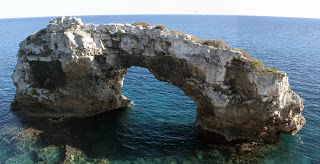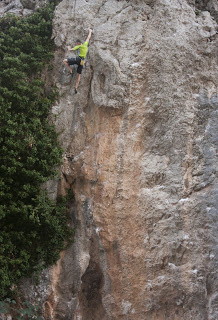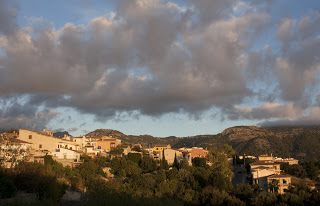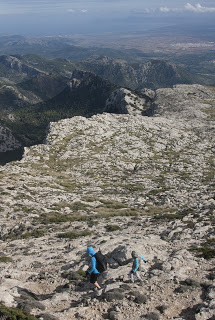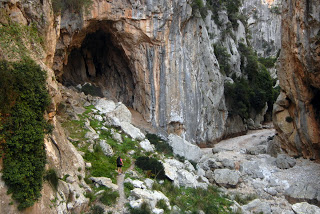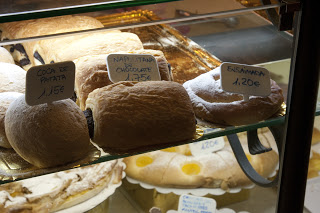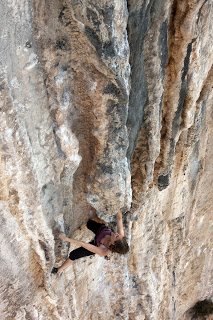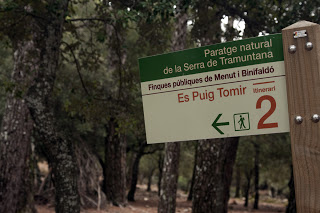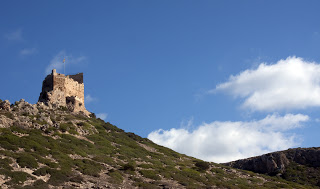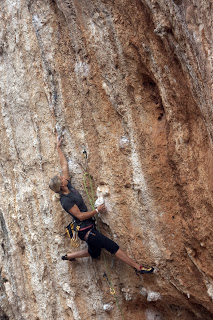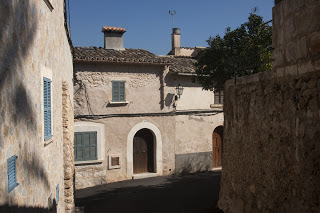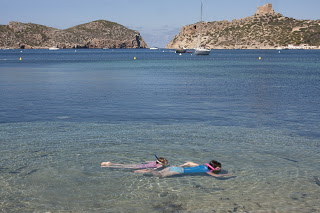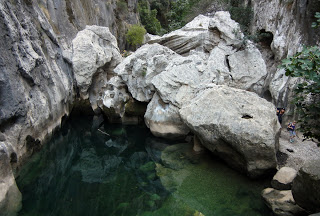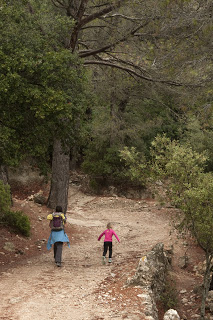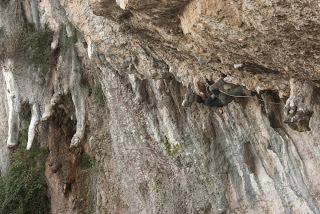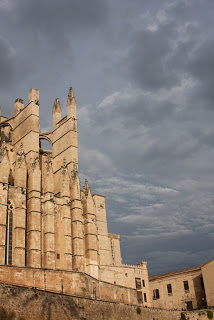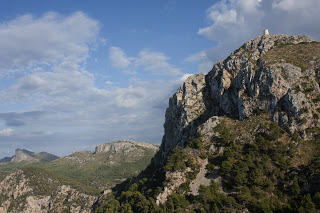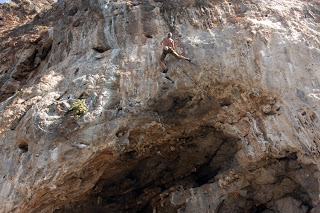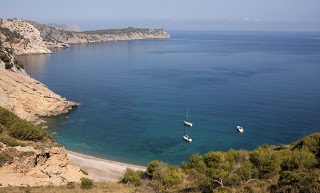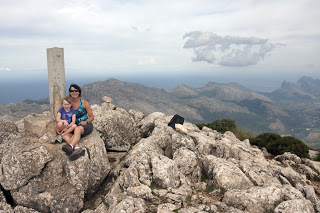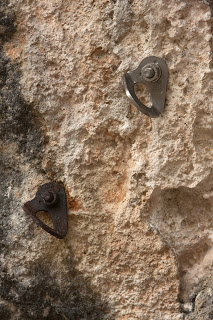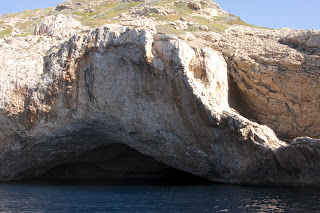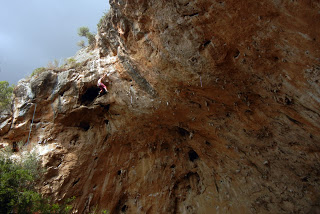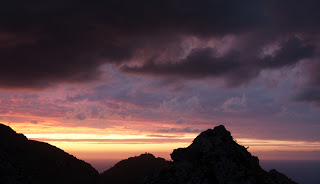Much has been written about the incredible deep water soloing in Mallorca, but what many seem to forget is this Mediterranean island was once a famous sport climbing destination. European climbers have been coming here for decades and after years of indecision we decided it was finally time to take a risk and check it out for ourselves.
What we found was an island lush with amazing stone. As you drive the incredible mountain roads, vast walls of tufa-streaked limestone poke out from the many valleys and sheets of grey, water-worn rock blanket the ridges and barren peaks. A friend of mine compared the climbing in Mallorca to a miniature European continent and the comparison was apt, I thought. There are many different climbing venues and all have a distinct flavour, much like you’d find travelling form crag to crag across various European countries.
Conditions play a big factor in planning a trip, and which month you choose determines where you’ll likely climb. We arrived in late September and it was hot. Aside from fantastic swimming and snorkeling in the crystal clear coves, the advantage to this time of year is the north-facing mountain crags are free of seepage and in good condition. October, strangely enough, is the rainiest month of the year in Mallorca, but this is when the temperatures start to cool which opens up more options. We experienced somewhat tumultuous weather, but in the end we were able to climb at all the crags on our hit list. Locals claim May is also a good month for a visit because the weather is stable and starting to warm, but I question how dry the high elevation tufa crags would be at this time of year – seepage can be a problem.
Despite the vast amount of rock in Mallorca, much of it is on private land, a condition that plagues local climbers. Incredible cliffs have been closed over the years and some of the best sites on the island remain intensely protected secrets due to their tenuous access situations. Unlike North America, Spain has no organized access groups to work on behalf of climbers, so good crags can be easily lost forever. The guidebook is full of quality cliffs that are free of problems, but we were lucky enough to climb at a few out-of-the-way spots thanks to the help of the friendly Mallorcans. Be inquisitive, show respect and they’ll point you in the right direction.
From a travelling perspective, Mallorca is well equipped since it’s a major tourist destination. We chose to stay in a traditional inland village and were glad we did. It was quiet and culturally interesting, yet we were only 15 minutes from a fantastic beach. Renting a car is easy, and if you stay centrally nowhere on the island is more than a one-hour drive. The Lonely Planet guidebook and Walking in Mallorca were invaluable additions to our luggage as they provided excellent beta on touring the island and exploring the fabulous network of groomed trails.
The only real downside to our Mallorcan climbing experience was the presence of corroded bolts. The maritime environment has rendered some routes practically unclimbable and this factor was glossed over in our guidebook. Luckily, the most popular climbs have usually been rebolted (sometimes two times!) and the newer areas are in better shape. For current route information, visit the Palma climbing store Foracorda. The employees are very helpful and their website, Foracorda.com, has a page devoted to topos for popular cliffs, some of which aren’t in any guidebooks.
Having been to Kalymnos twice, we found ourselves constantly drawing comparisons between it and Mallorca. We decided that for sheer density and quality of climbs Kalymnos is hard to beat, but for non-climbing activities Mallorca takes the prize. It’s a truly beautiful island with a rugged coastline that begs exploration, both on foot and in the water. Plus, I can almost guarantee you’ll never have to wait in line to climb one of their excellent, popular routes. Try going to Kalymnos in October and making that claim!
Marc Bourdon – Squamish, BC

